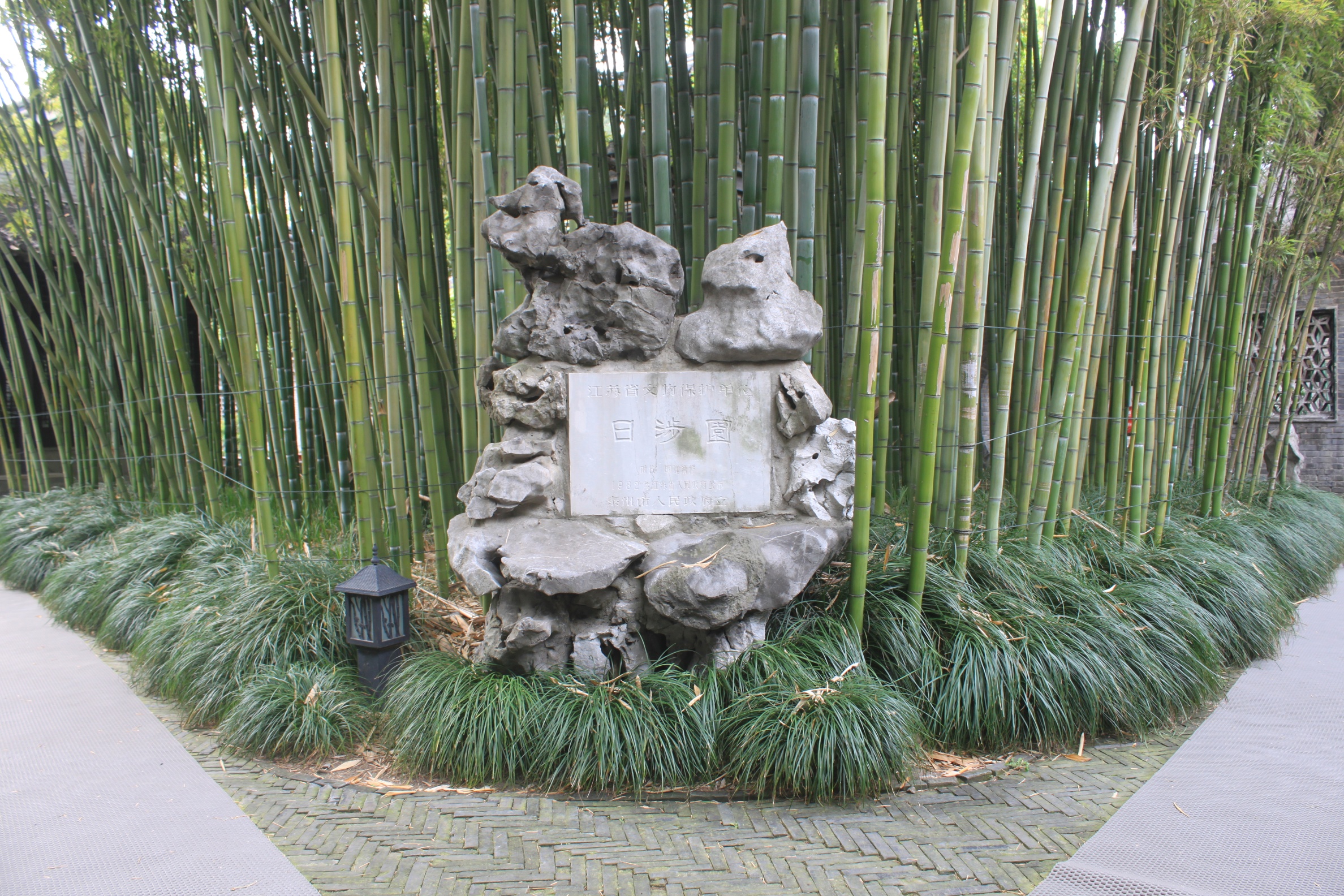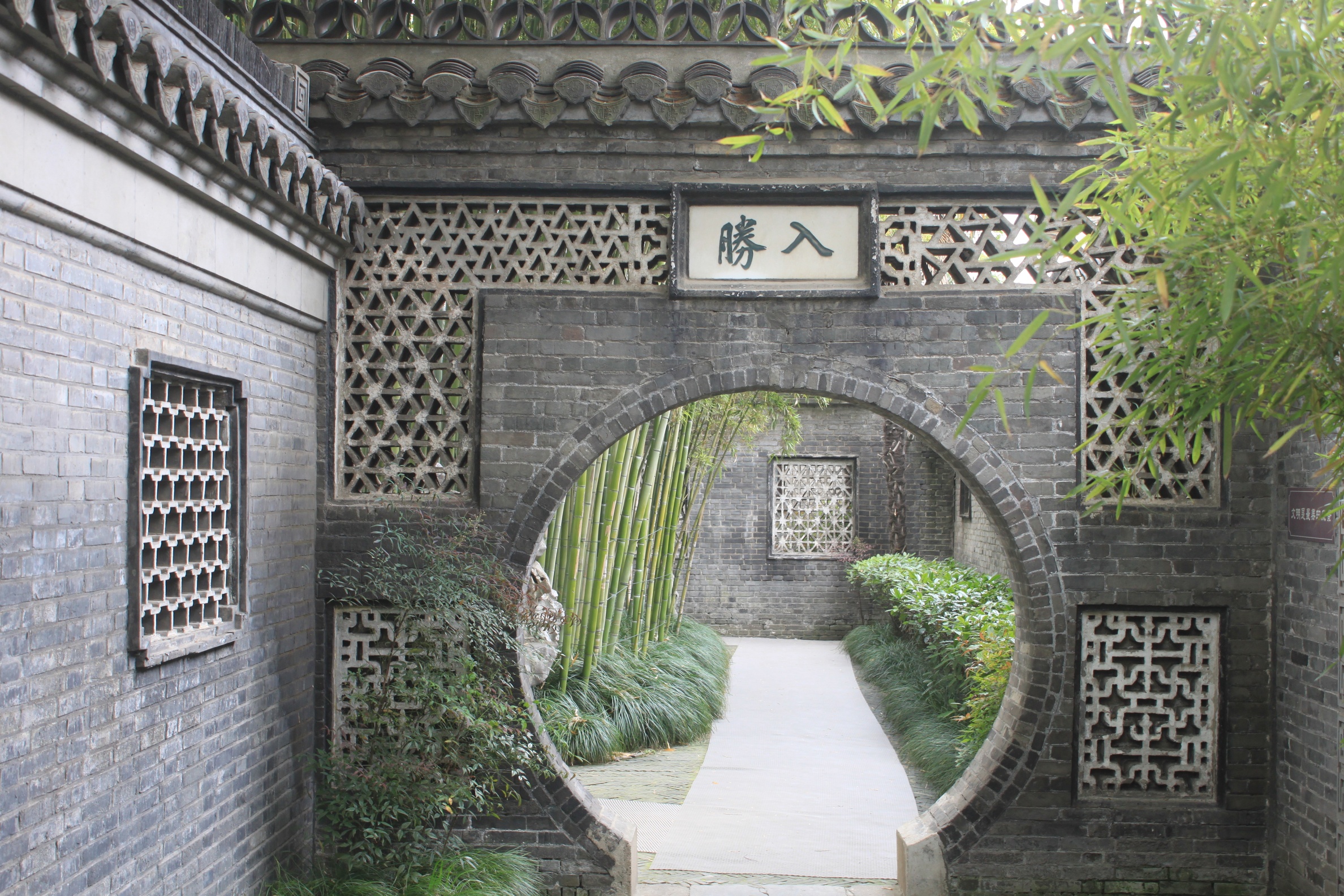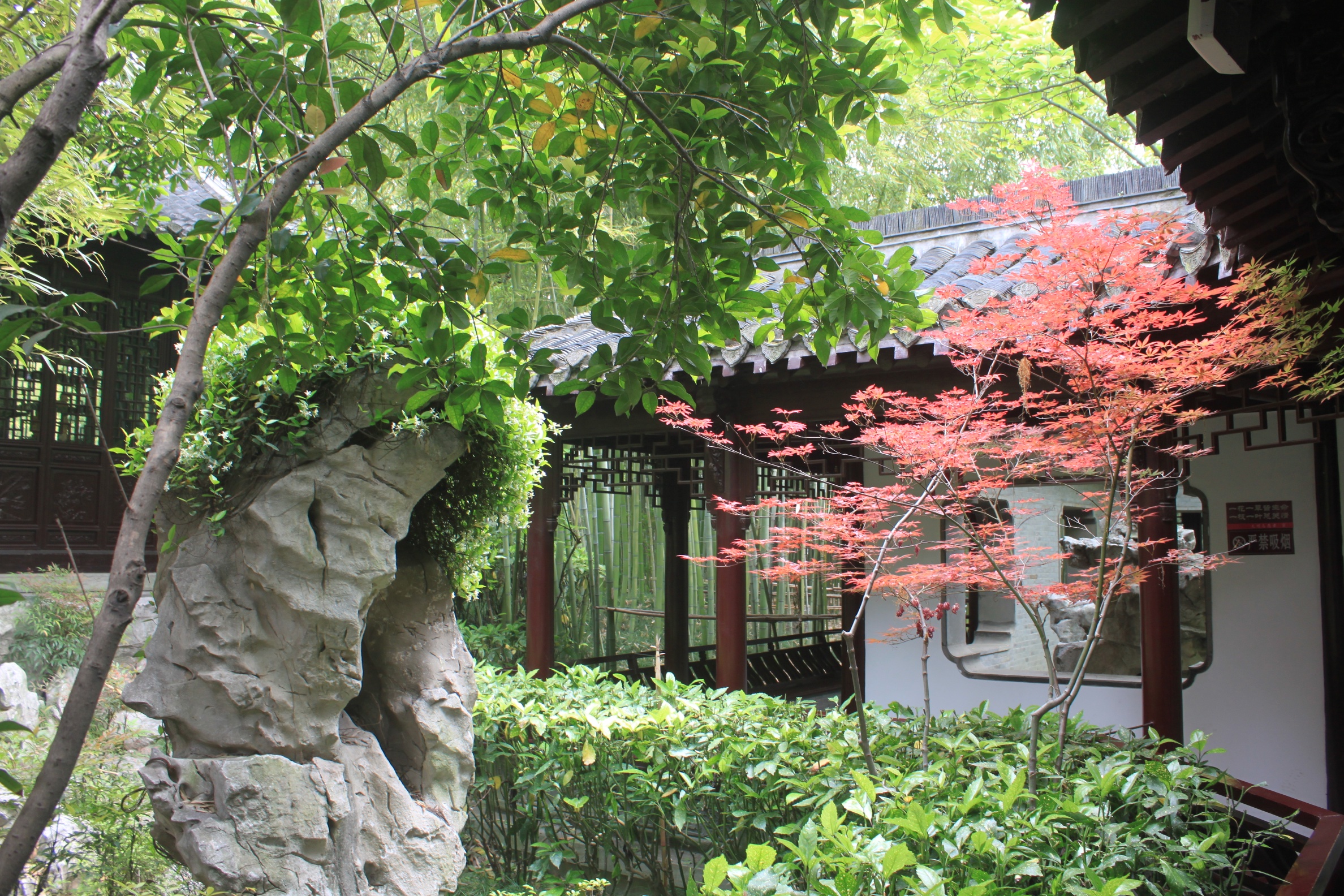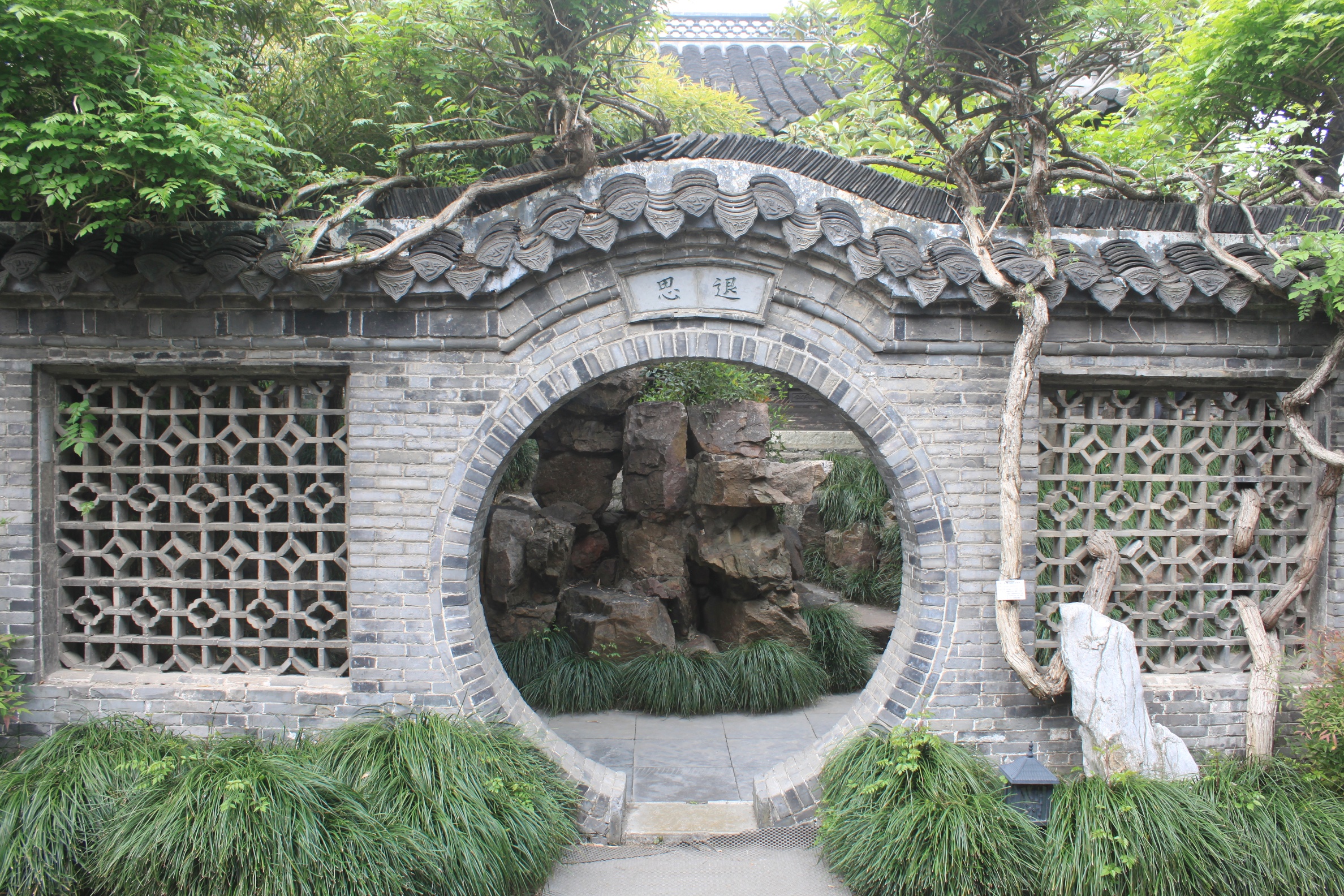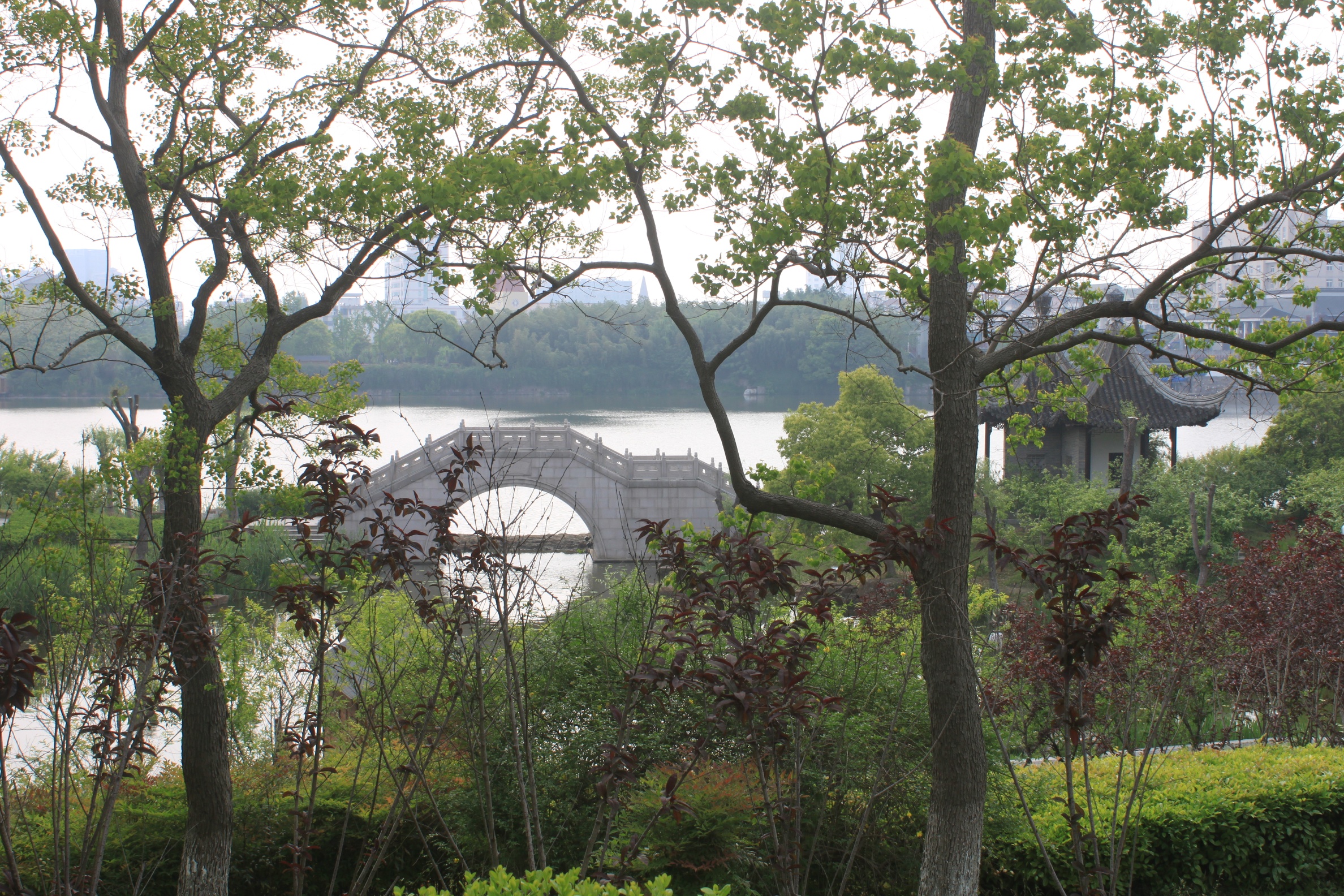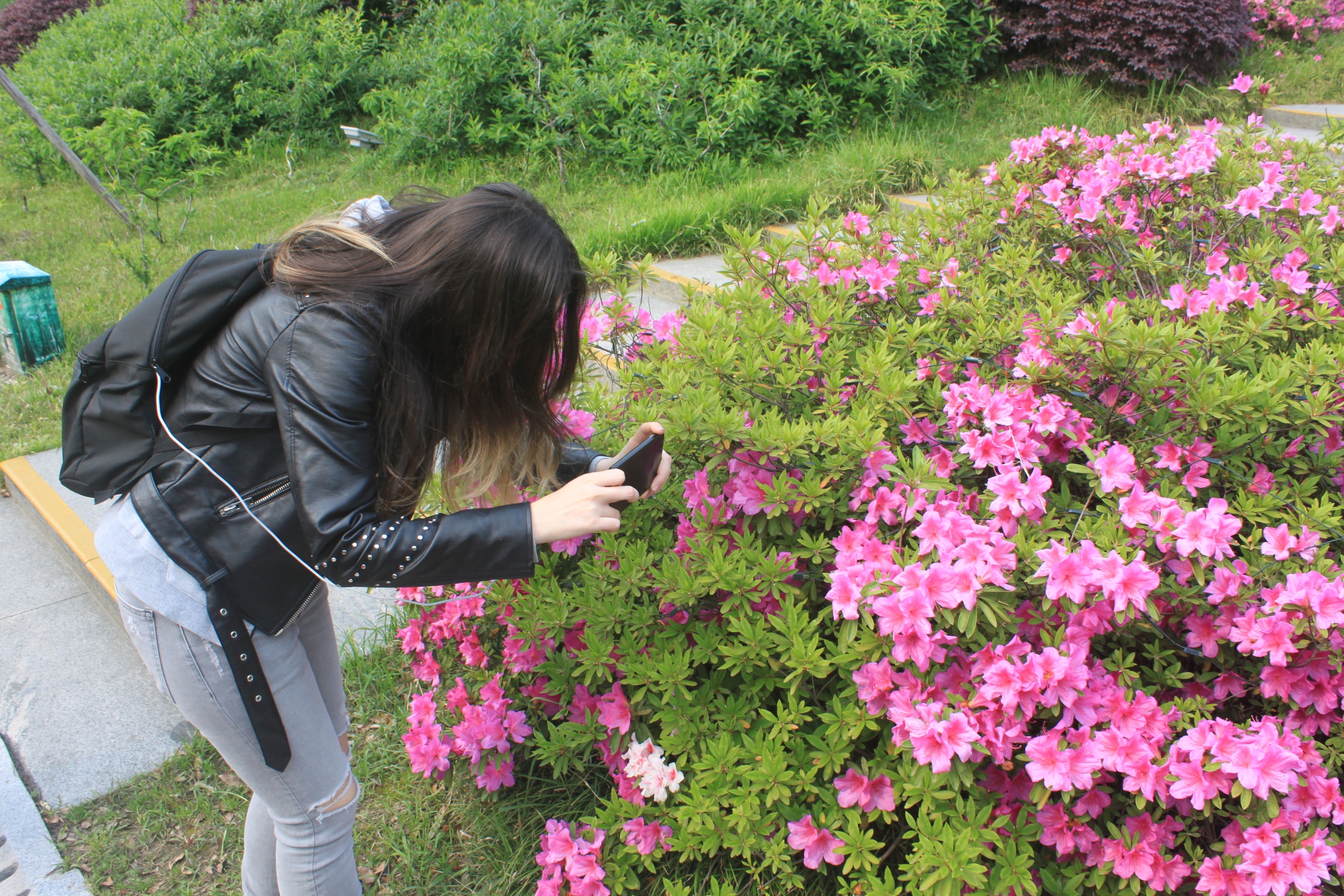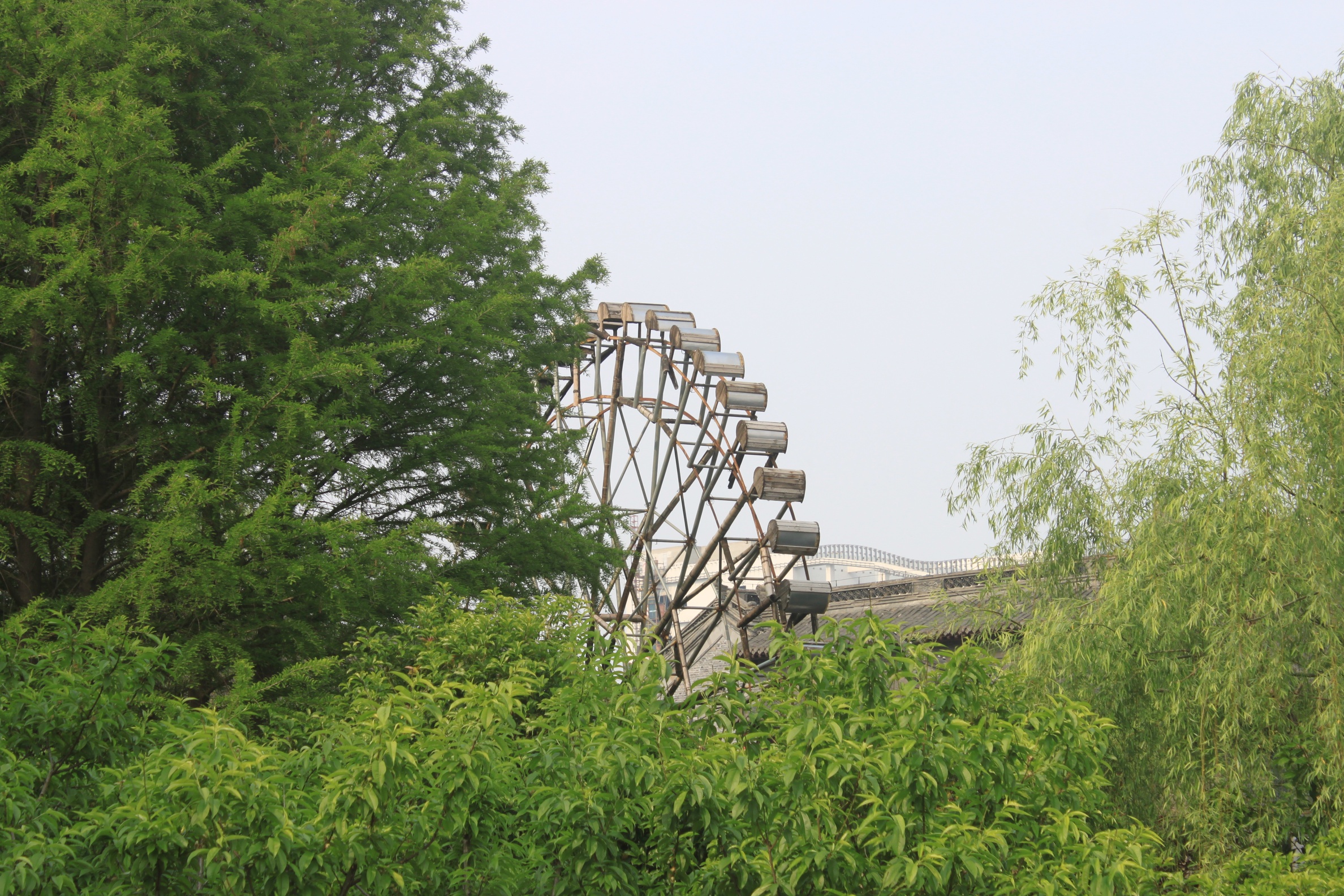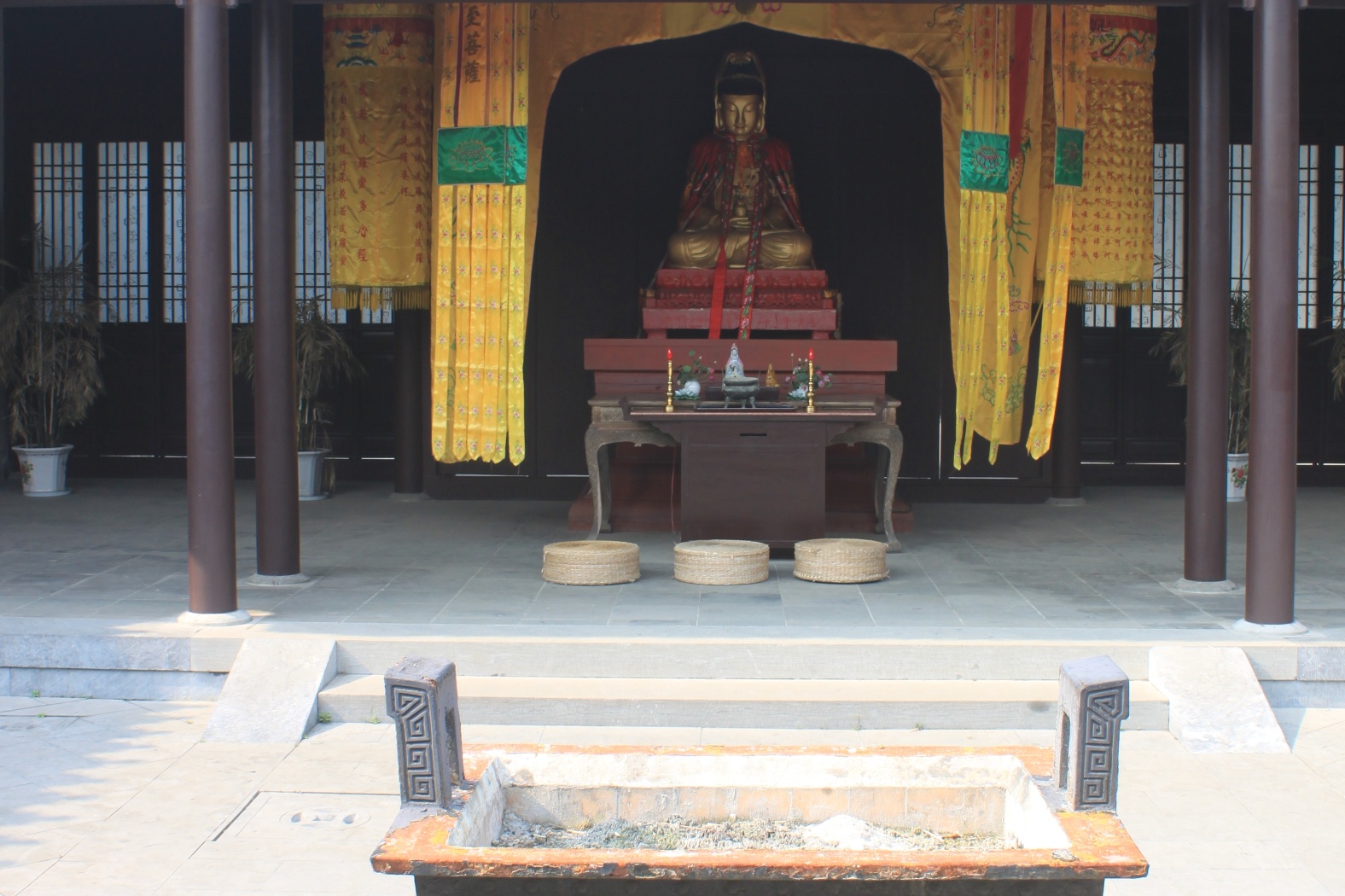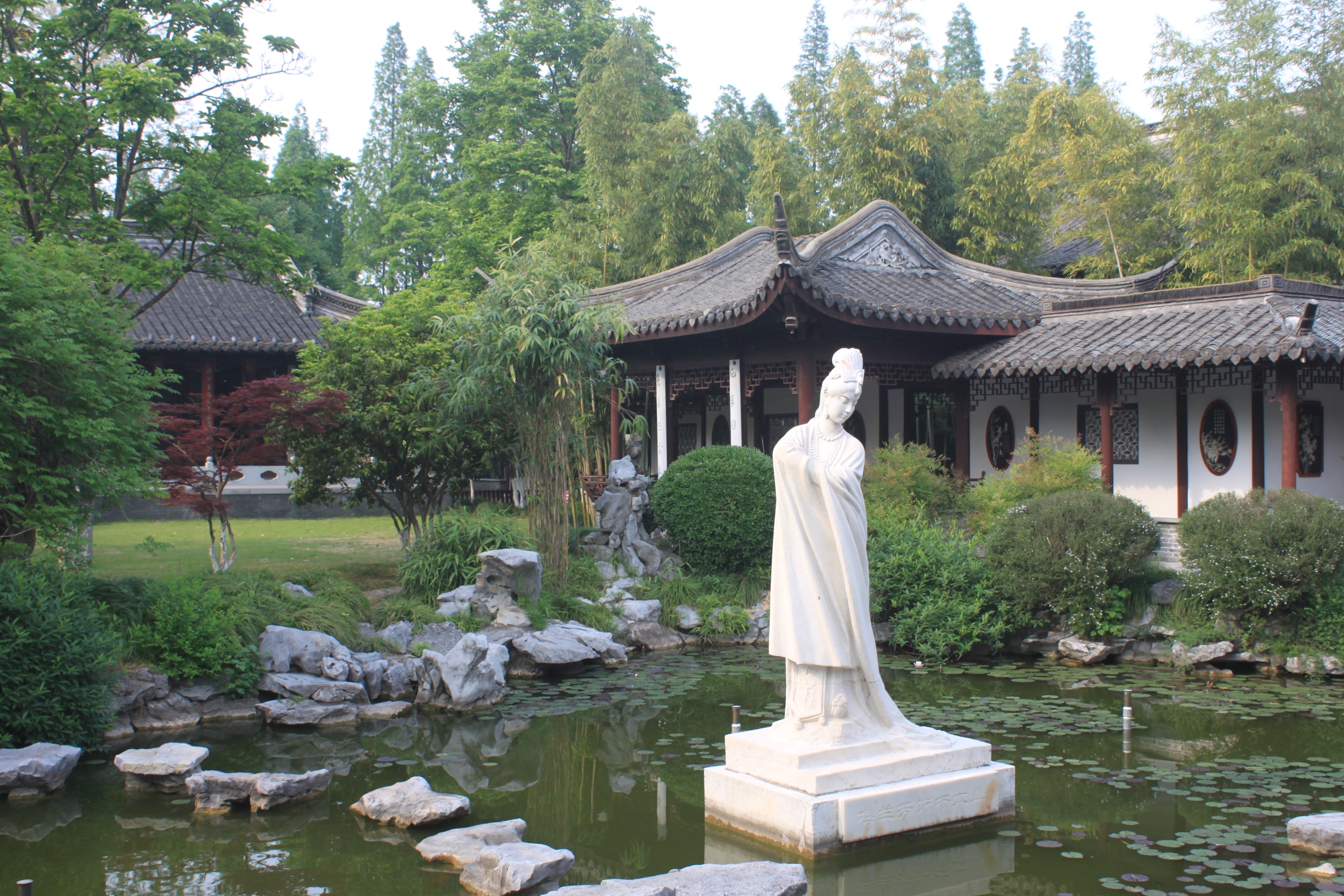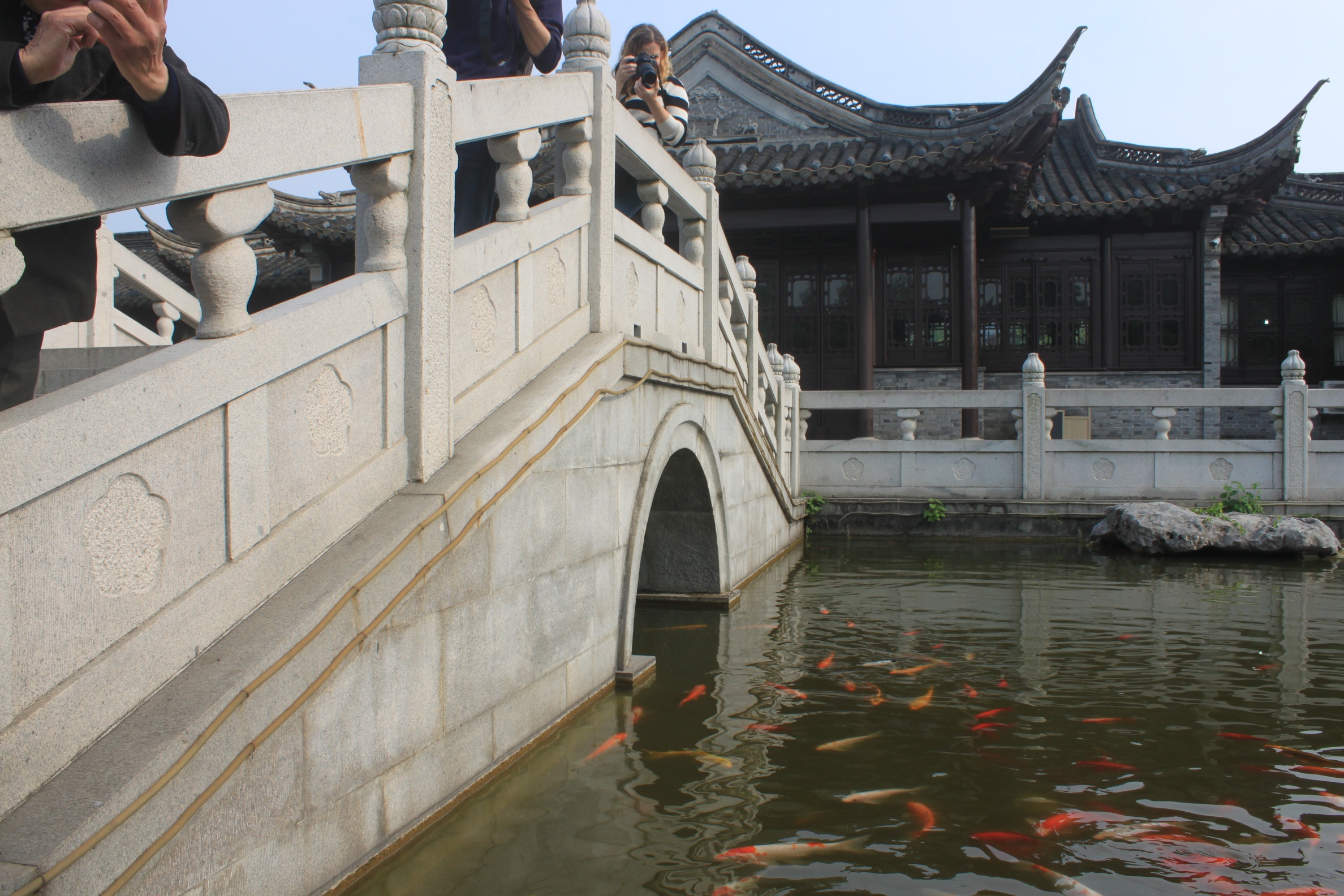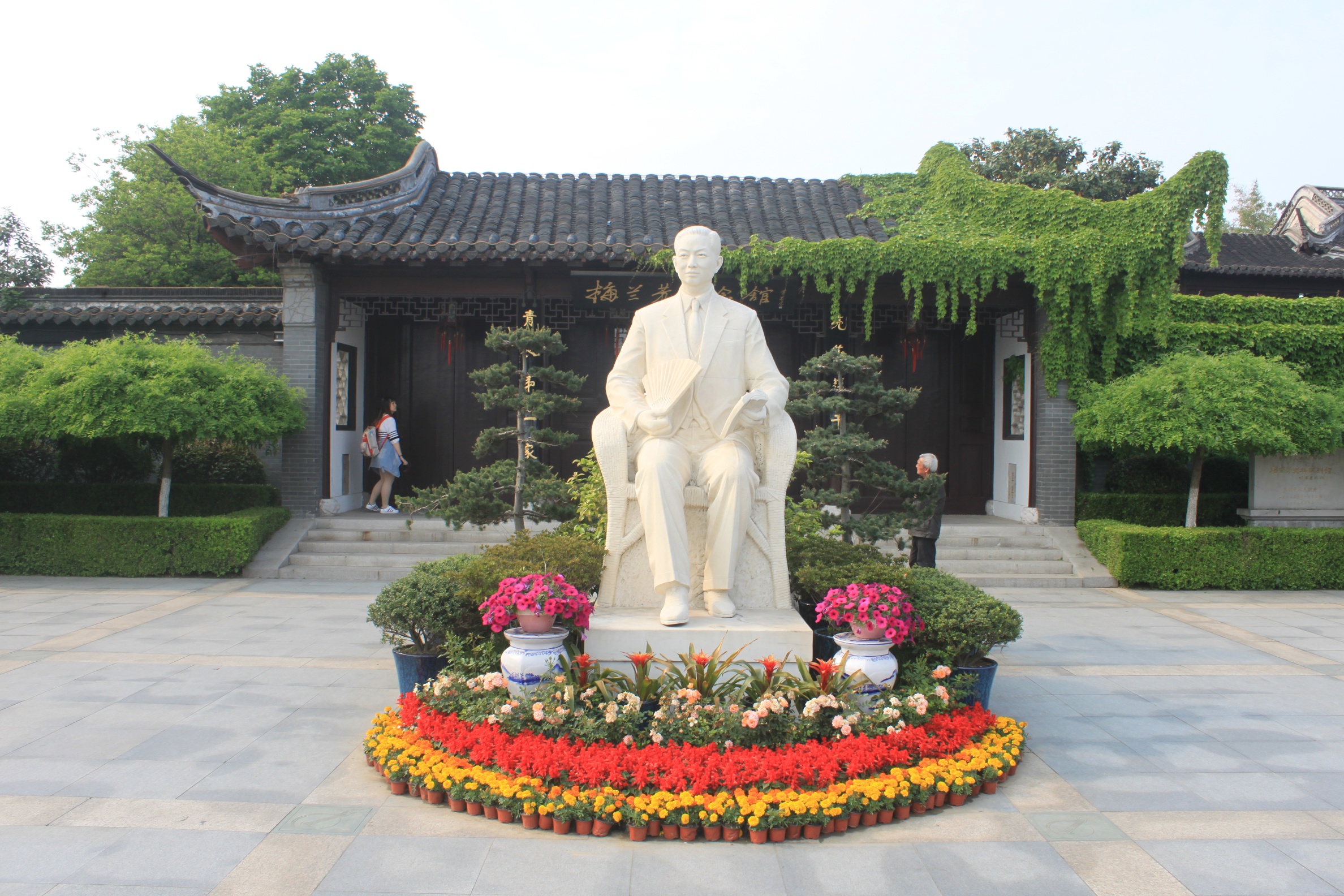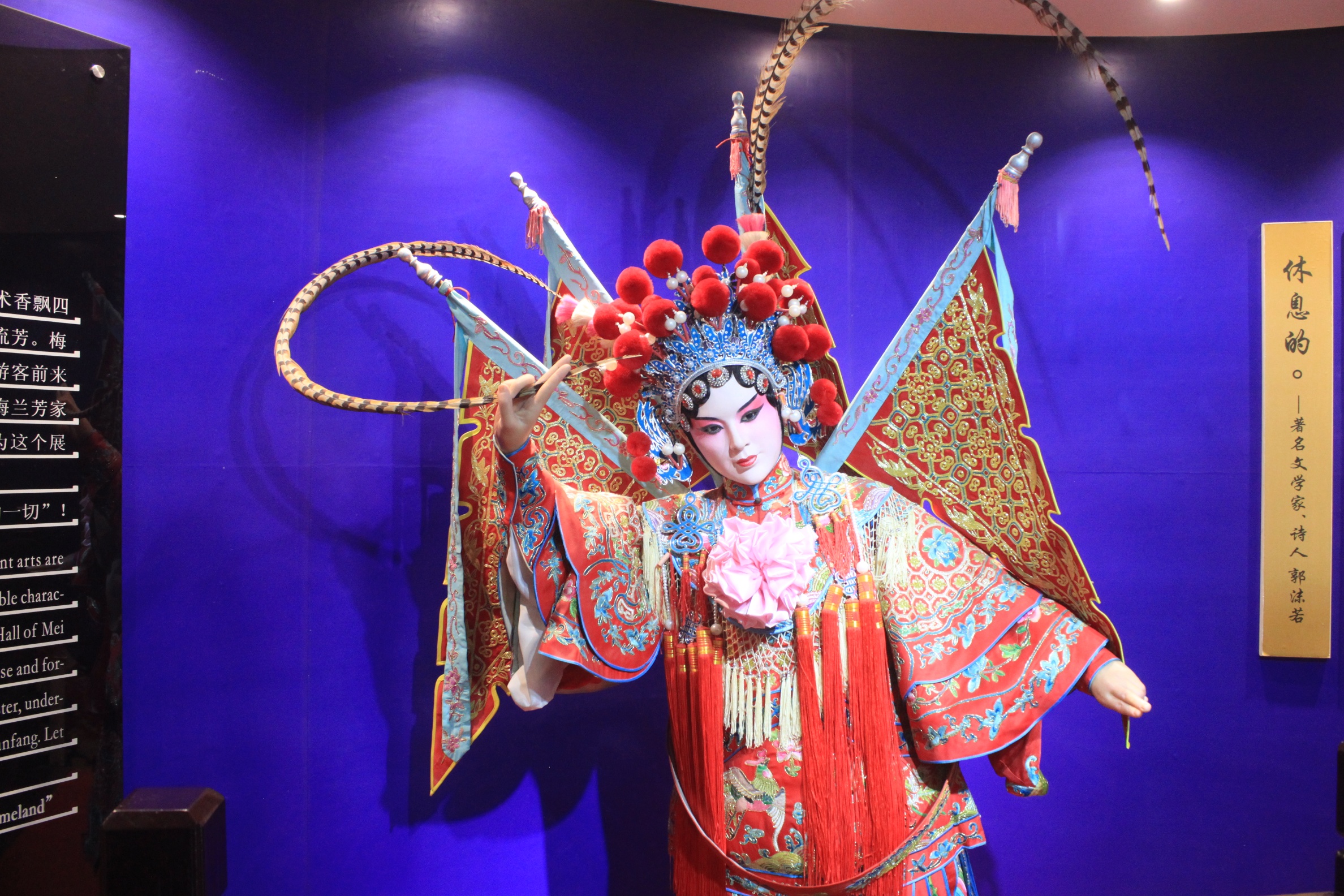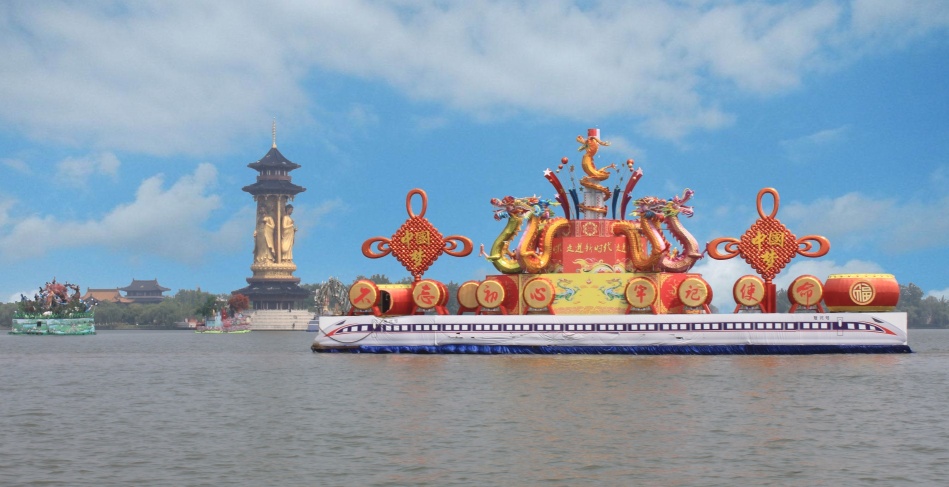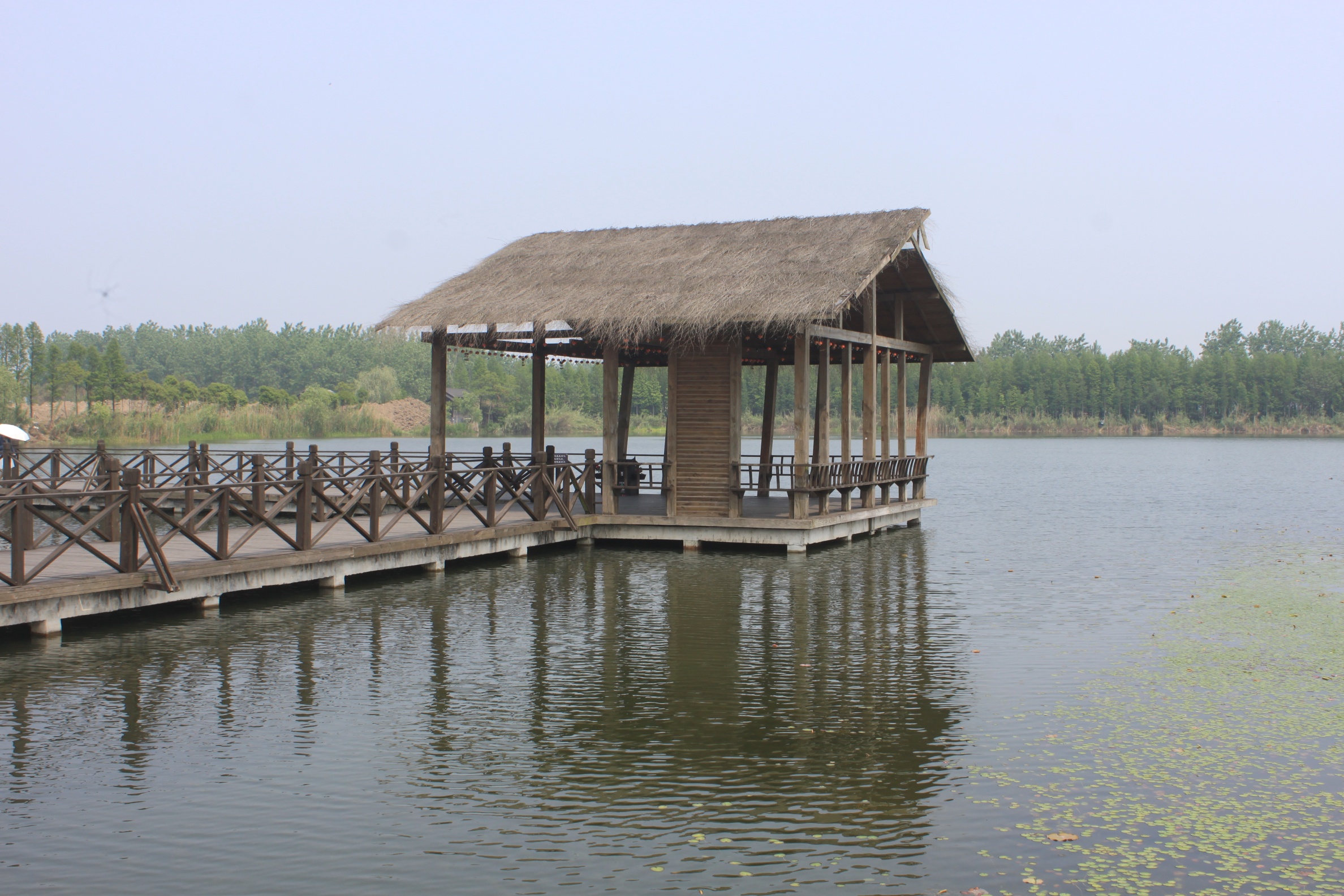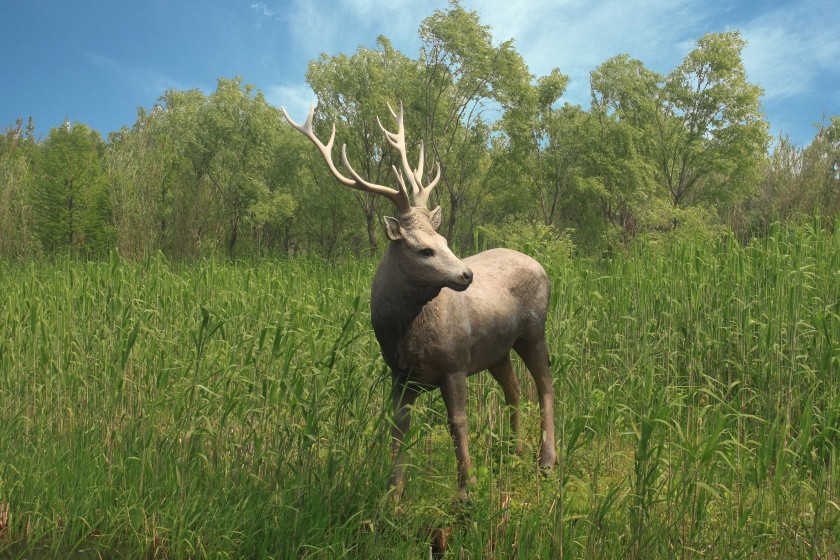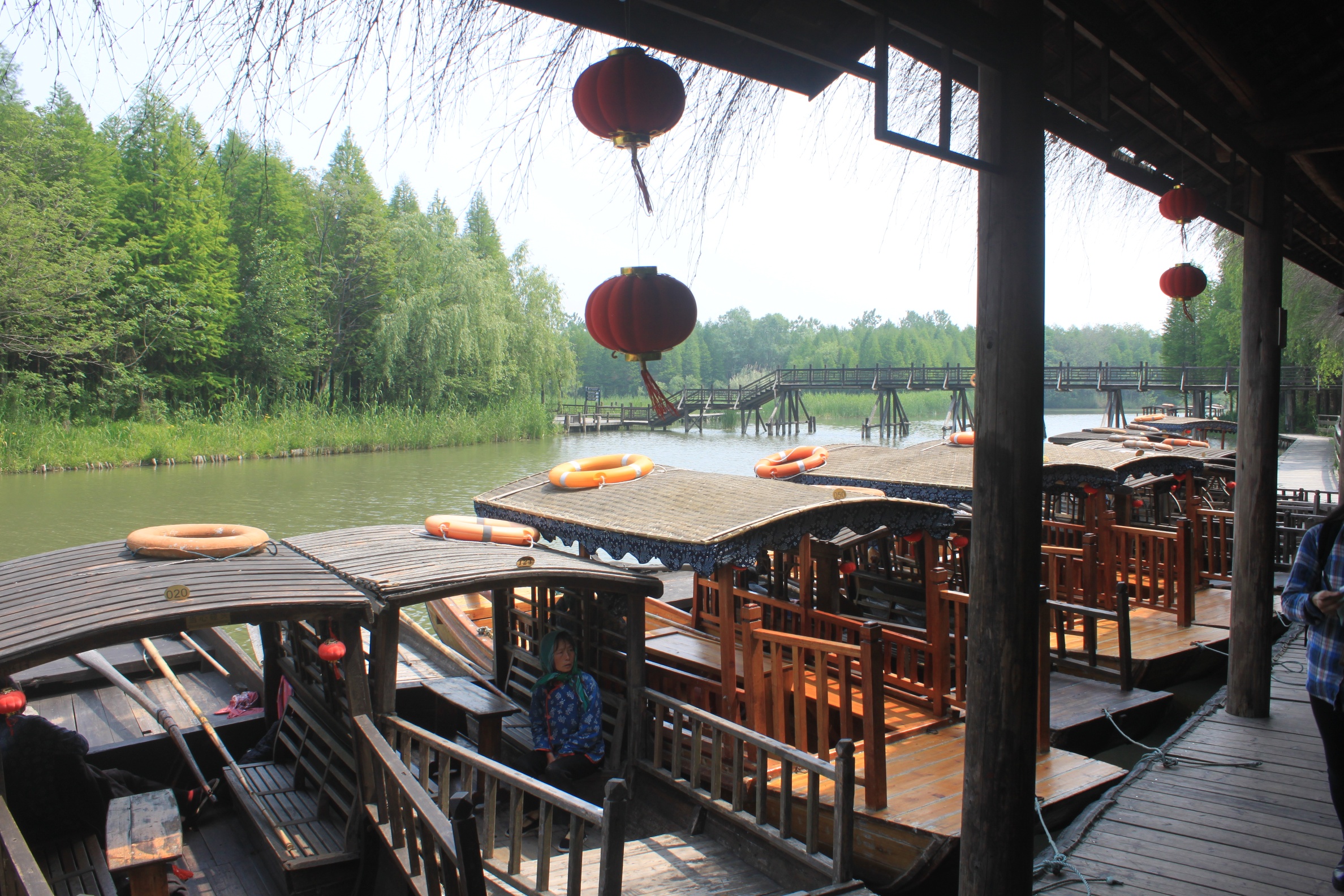Chinese Gardens
The best place to understand China’s culture is to wander through its magnificent gardens. Every garden is a perfect miniature landscape built for Chinese emperors and members of the imperial family, scholars, poets, government officials, soldiers and merchants over millennia to reflect and escape the outside world. The Classic of Poetry (Shijing) best describes a Chinese garden in a famous poet
The Emperor makes his promenade in the Park of the Spirit,
The deer are kneeling on the grass, feeding their fawns,
The deer are beautiful and resplendent.
The immaculate cranes have plumes of a brilliant white.
The Emperor makes his promenade to the Pond of the Spirit,
The water is full of fish, who wriggle.
I saw countless gardens during my many journeys through all parts of China. But never have I seen such a perfect harmony between man and nature before than when I had the great honor to visit the three gardens in Taizhou located in Jiangsu province.
Qiao Yuan garden
At first I was stunned by the beauty of the 400 year old Qiao Yuan garden built during the Ming Dynasty. Winding paths forming a maze escorting visitors along a lavish bamboo forest, pavilions of breathtaking craftsmanship and ancient trees to a pond full of colorful fish surrounded by rocks. In its center three ancient stones form a sword pointed towards the sky. When I saw it I could only think it’s a monument on earth challenging the beauty of heaven – what a testimonial of man, his ingenuity, craftsmanship and his search of a place on earth to mirror the heavens.
Tao Yuan garden
Taizhou is also blessed to have Tao Yuan garden at the Fengcheng River Scenic Area. We enjoyed the last days of a peach blossom unlike I have ever seen before. The garden is built in honor of Kong Shangren’s writing “Peach Blossom Fan”. He was a famous early Qing Dynasty playwright master who committed ten years of his life to reconstruct the collapse of the Ming dynasty in 1644. It is a love story between the young scholar Hou Fangyu (侯方域) and a courtesan named Li Xiangjun honored by several critics as China’s greatest historical drama. Walking through the garden I felt like reliving this crucial moment of China’s history and it seemed to me that behind every tree, every rock and every pavilion Hou Fangyu would confess his love to Li Xiangjun. It is a must see for everyone who appreciates Chinese culture and immortal love during dramatic times.
Mei Yuan garden
Taizhou wouldn’t be known throughout the world as greatest city in China to marvel Chinese gardens if it wouldn’t also be the home of Mei Yuan garden. The garden was built as a perfect synthesis of Qing and Ming Dynasty’s architecture in 1984 in honor of Mei Lan’s 90th birthday who is better known by his stage name Mei Lanfang. He is one of the most famous Peking opera artists in modern Chinese theater and exclusively known for his female lead roles (dan) of grace and refinement. Mei Lanfang is together with Shang Xiaoyun, Cheng Yanqiu, and Xun Huisheng named one of the “Four Great Dan”. A pure white statue of his famous female role Yang Taizheng in “The Story of TaiZhi” welcomes guests to his garden. Crossing a pond flourishing with fish, a statue of Mei Lanfeng sitting on a chair greets his countless fans who come to this place to pay their tribute to his genius.
Although the three great gardens in Taizhou should already include Taizhou, located in Jiangsu, in every travel itinerary, Taizhou also offers the cultural interested adventurer the ancient town of Chai Xu to explore. Countless perfectly preserved buildings with wood carvings of the Qing dynasty create a unique authentic historic atmosphere and visitors feel like walking through a street during the Qing dynasty.
Qinhu National Wetland Park
The second day started with the best breakfast I ever had in China. An authentic Taizhou breakfast with hot tea and three types of the best filled steamed buns I ever tasted provided us with plenty energy to visit the highlight of our Taizhou trip: Qinhu National Wetland Park, the first national wetland park in Jiangsu province and the second in China approved by the State Forestry Administration. It is also known as Magpie Lake because magpies settled there before.
At first the highest pagoda of Medicine Buddha built in water throughout the world can be seen on its shore and many ships with artistic giant sculptures travel through the giant main lake of this park. We enjoyed a boat road which brought us to many of the small river arms, which run through the park. Continuing or journey on a small boat we enjoyed Aquatic plants and reeds growing along the rivers and watched Elk and water birds. Many small boat tours and walks through the park allowed us to appreciate the beautiful scenery and the wild animals living among it.
